
BMW in the 1960s was a company getting back onto its feet. From a brush with bankruptcy in 1959 and rescue by the Quandt family (which still controls around 46 percent), the product fightback began with the two-cylinder ‘700’ in 1959, upshifted with the four-cylinder ‘1500’ in 1962 and – well, you can see the pattern.
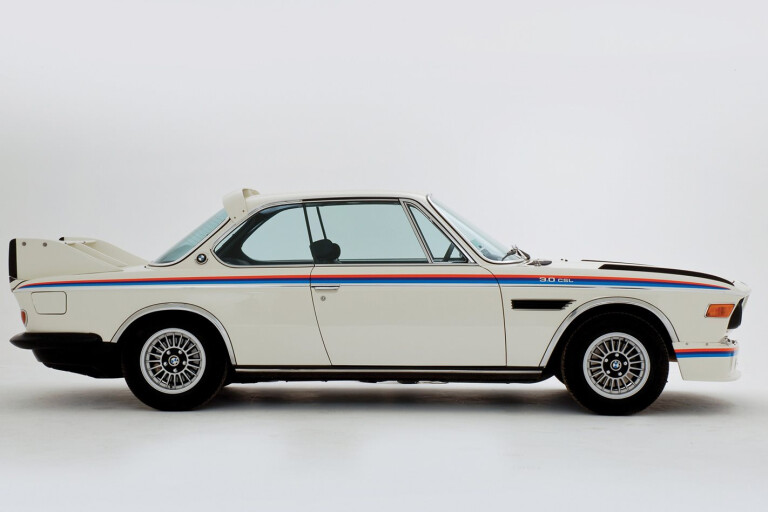
The six-cylinder ‘E3’ 2500 and 2800 sedans came in 1968, featuring a new, in-line M06 engine (later renamed M30) loosely derived from the M10 ohc four. That same year BMW was still smarting from the market failure of the 1966 2000 CS coupe, so it also launched a six-cylinder version of it, the E9 – effectively the same pillarless body from A-pillar back.
In early 1971 it gained a 3.0-litre capacity – and six months later, injection and the ‘CSi’ badge – plus rear disc brakes and a big dose of development of the old four-cylinder’s platform. It was by now very BMW-like: with 150kW and weighing 1400kg, a stock 3.0 CSi did 0-100km/h in eight seconds and had a top speed of 220km/h.
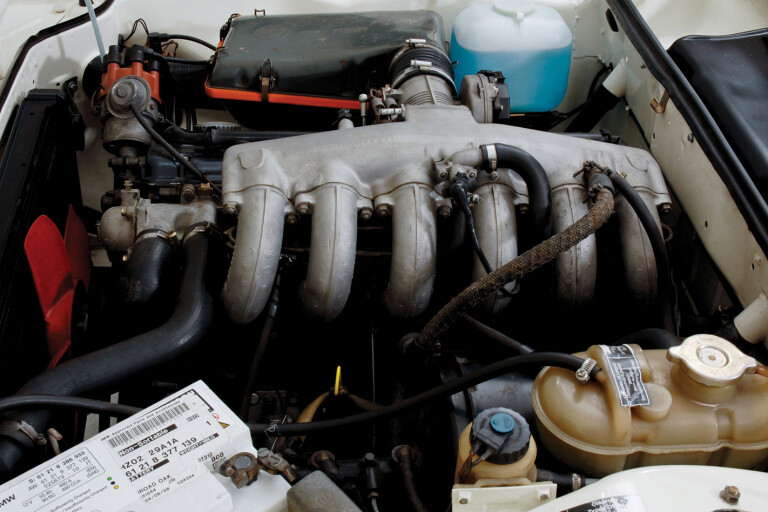
And oh, did BMW have plans for this leggy beauty. With the 2002 Turbo out of contention for the European Touring Car Challenge, and Ford’s Capri V6 dominating, in September 1972 BMW announced the 3.0 CSL (leicht, or lightweight), of which a minimum of 1000 would be built.
The initial 598 left-hand-drive examples (the first 169 carburetted) shaved 130kg via a bonnet, bootlid and doors in aluminium, plastic side windows, fibreglass bumper (rear only) and a minimum of soundproofing and interior comforts. A further 500 right-hand-drive cars had steel bumpers, power windows and standard interior, sacrificing around half the weight savings.
A third batch of 167 left-hand-drive cars had 3.2-litre engines.
More notable was what came in the boot: the spectacular aero kit, comprising front air dam, fender splitters, raised roof spoiler and towering rear wing, which had so upset the German road authorities
that BMW let dealers or owners install it.

Homologation for the ‘Batmobile’ was granted in July 1973, and the ETCC became a case of ‘same Bat channel’: 3.0 CSLs won the drivers’ title in 1973 and from ’75-79, surrendering it in 1980 to the E30 320i.
From 1975, CSLs enjoyed lucrative careers in US IMSA racing.
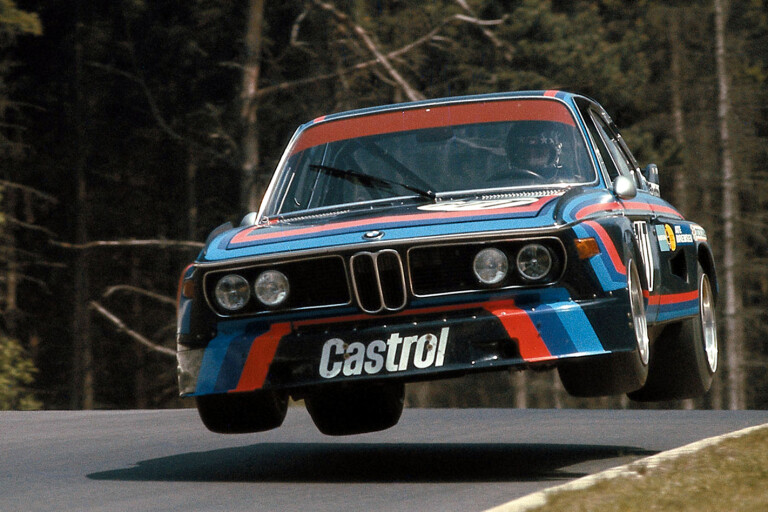
Production of BMW’s E9 coupe ceased in 1975, the last of the 3.2-litre CSLs bringing the remarkable, lightweight coupe’s total to 1265 units.
Bat outta hell
BMW’s M06 (later M30) 12-valve straight-six was destined for a long life in road and competition. Its cast-iron block with alloy head was canted at 30 degrees; early CSLs were 2985cc with twin Zenith carbs, soon superseded by injected 3003cc (149kW/271Nm) to homologate over-3.0-litres. Final ‘Batmobile’ build had 3153cc, 152kW and 286Nm, did 0-100km/h in 7.0sec via four-speed Getrag.
Karmann get it
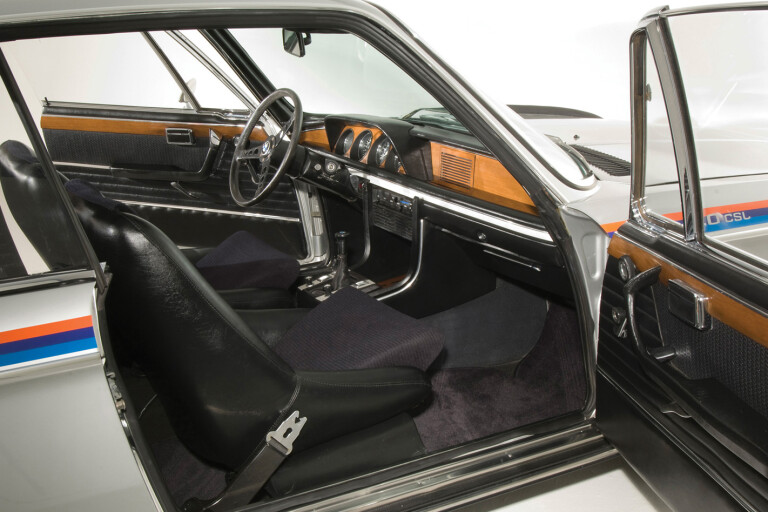
CSLs were built by Karmann coachworks. Airy, light-filled cabins varied between LHD and cushy RHD specs, though Scheel bucket seats, three-spoke wheel and black roof lining were common. German lightweight (pictured) has manual windows, thinner glass, plastic fixed rear side windows. ‘City Package’ was fitted to most UK RHD cars and offered on LHD; included steel bumpers, standard glass, power front and rear windows and a tool kit.
Speed of light
The E9 coupe body was developed from the 1965 2000 CS, with a nose interpreted from the new E3 six-cylinder sedans. CSL had alloy panels and chrome arch extensions to cover Alpina 14x7 alloys. Suspension was 20mm lower; front was by struts with coils, rear by semi-trailing arms with coils, brakes 272mm discs. Car pictured is proper left-hook, lightweight Batmobile.
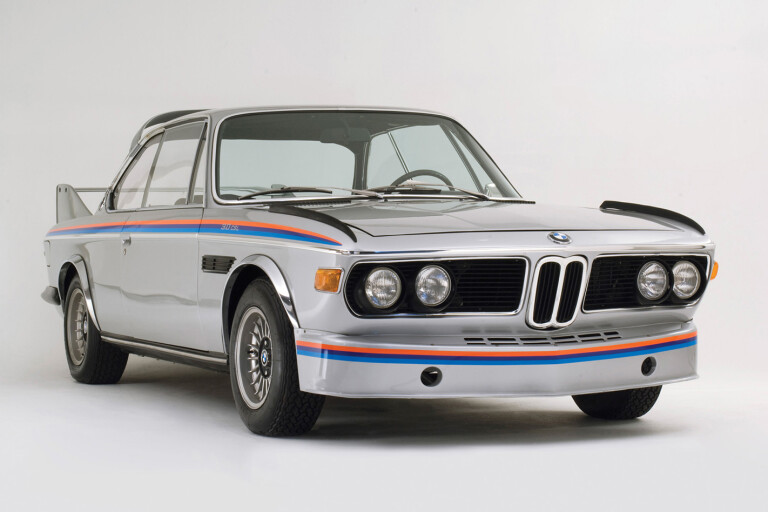

COMMENTS